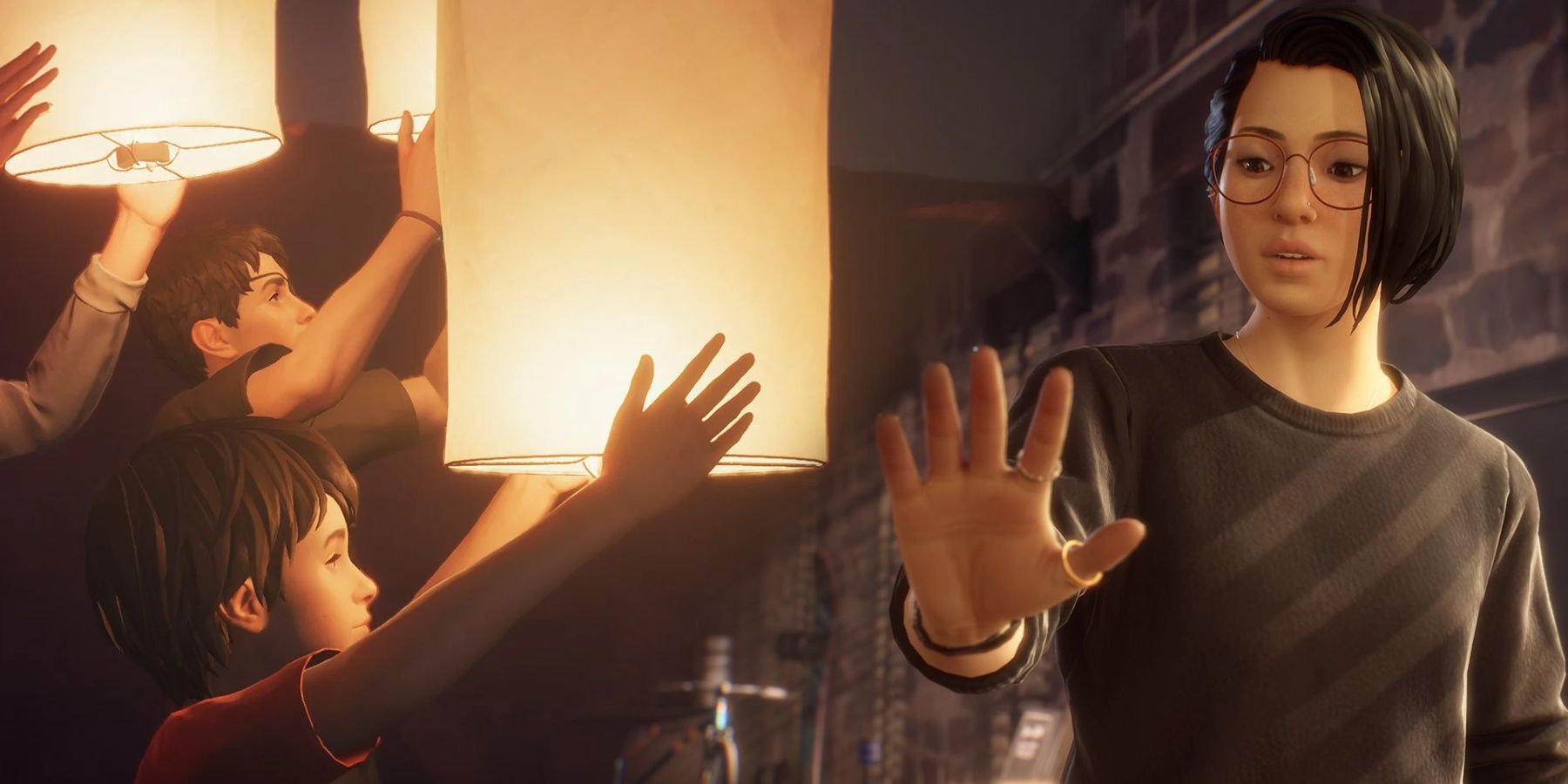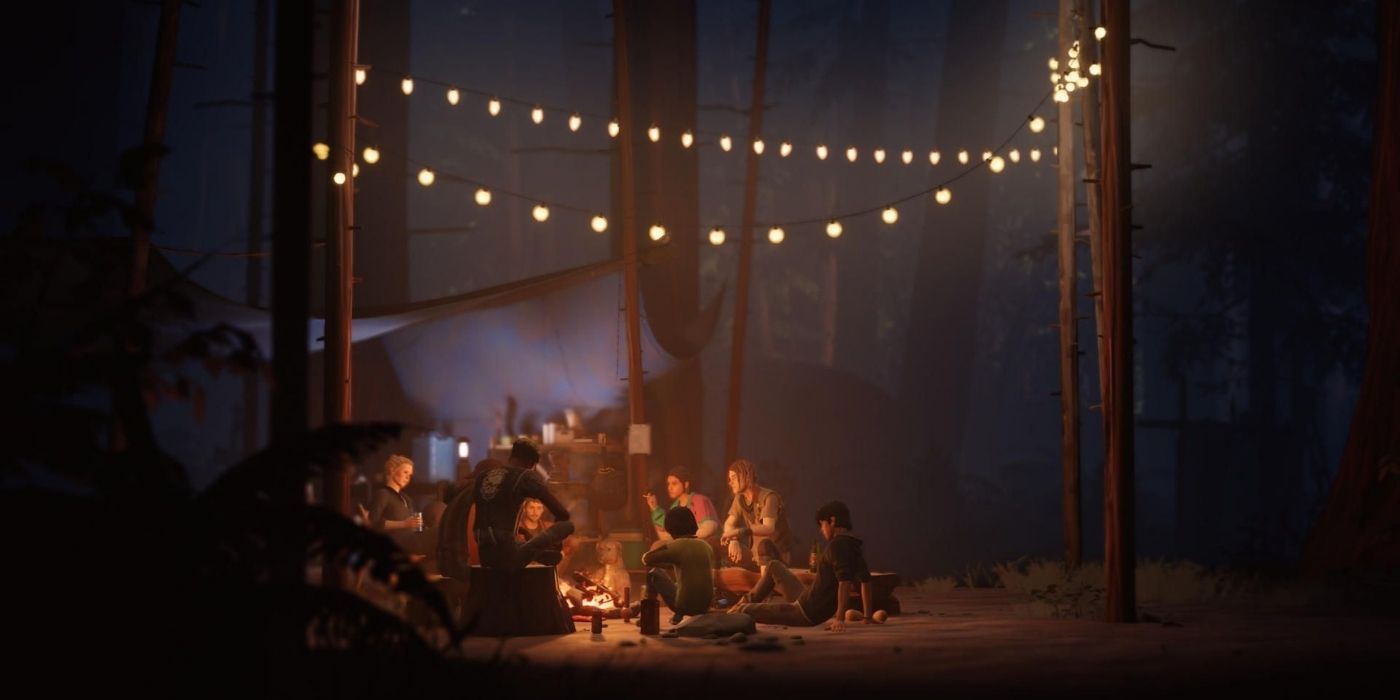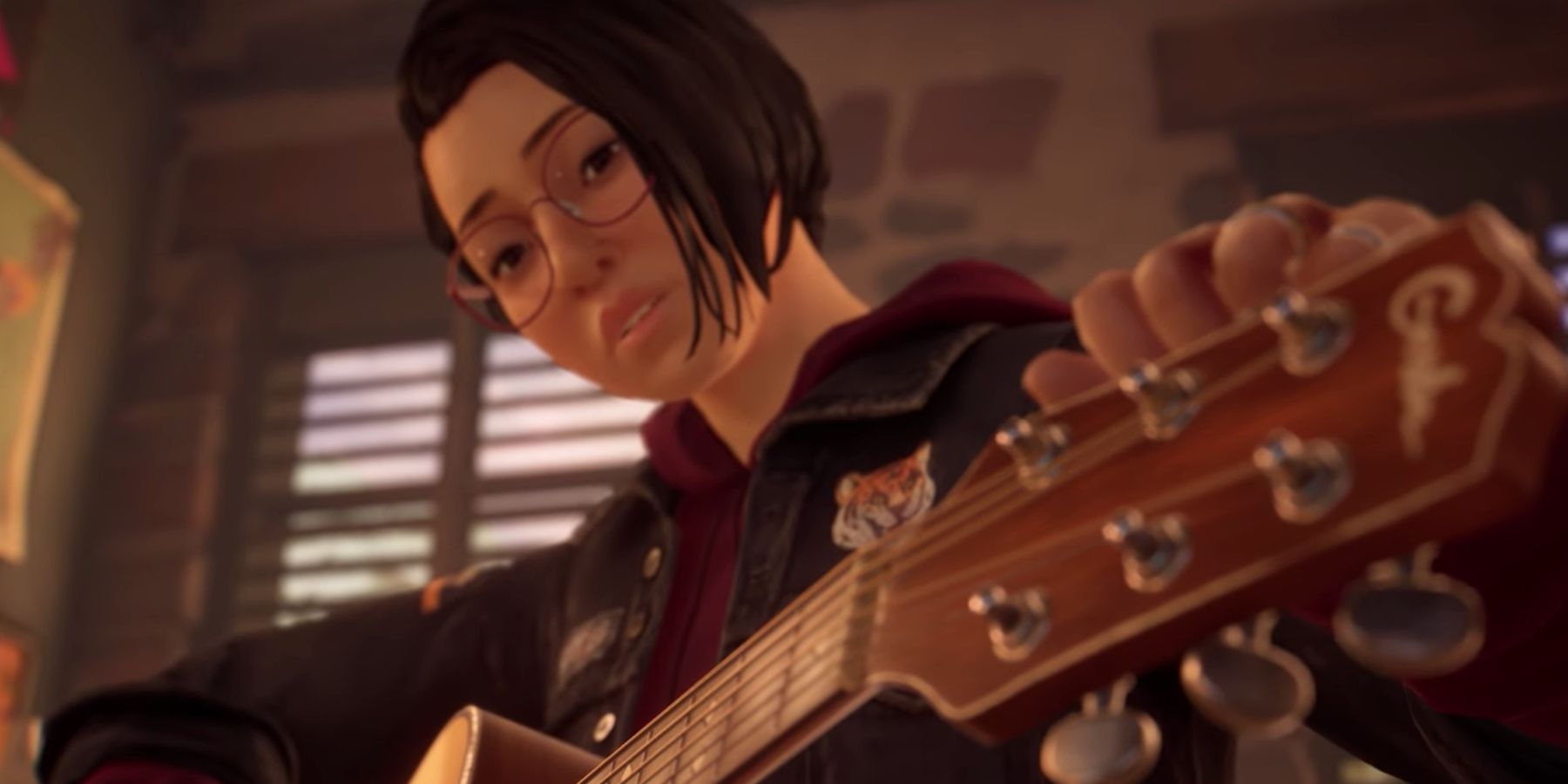Even though it still has a dedicated following, Life is Strange 2 is often considered one of the least popular games of the franchise. It changed up the formula in many ways. For example, players don't assume the role of the young adult with the superpower, but rather, the older brother of Daniel, who must learn when and how to use his telekinesis. It's also the most political, a big deterrent for many who'd rather not engage in discussions about immigration and the Mexican-American border.
Life is Strange: True Colors, on the other hand, is now being regarded as one of the best of the series alongside the original Life is Strange. Unlike 2, it's not very political, though it does have some nods to progressive ideals, which is quite common in the franchise. Still, where the sequel might have a leg up over the threequel is in its expertly crafted endings, while the latter fell back into some of the same pitfalls of Life is Strange 1. This post contains spoilers regarding the endings of Life is Strange 1, Life is Strange 2, and True Colors.
Life is Strange 2's Endings
One of the biggest complaints about the original Life is Strange was the way it handled endings. Not unlike Mass Effect 3's controversial ending, players were disappointed to see none of their choices make a difference in the final decision: choosing whether to save Arcadia Bay or Chloe. This meant that, in the long run, no decisions really had any negative consequences, at least, not ones that the player had real control over. Before the Storm arguably did the same, however, one pivotal moment in Episode 2, getting Rachel's bracelet, is required to get the best ending possible, and it's a decision that can be easily overlooked.
Learning from this, Life is Strange 2 did endings right, building on the criticism that fans had from the first installment. Here, there were two factors were taken into consideration in order for the game to calculate which ending the player would receive. Because players assume the role of Sean, the vast majority of the decisions they make have to do with being a good role model for Daniel and teaching him when he should use his power.
For example, Sean can tell Daniel not to get revenge on a wild animal for hurting their dog, or kill it out of rage. Another instance is when a bookcase falls on their grandfather; they either risk the grandparents finding out about Daniel's power or their grandfather being crushed by the furniture. These decisions will influence Life is Strange 2's societal morality scale, but it's not always black and white. Becoming extremely strict with using Daniel's powers doesn't always lead to happy endings, but letting him use them freely can be extremely dangerous.
Players can see these consequences play out throughout the story, and not just in the ending, such as the end of Episode 2. Depending on what Sean has taught Daniel so far, such as allowing him to use his power only when absolutely necessary or never, even when someone is in danger, a kid can become fatally hurt.
Likewise, all of Life is Strange 2's endings depend on Daniel's morality scale based on the example that Sean has led and what he's taught his younger brother. The four main endings hinge both on this as well as what Sean decides to do at the border. If Sean tells Daniel to destroy it and Daniel has become more chaotic with his powers, he will agree and they make it to Puerto Lobos together. But if Daniel is more lawful, then he will open the path for Sean but won't go with him to Mexico. But if players choose the alternative decision — surrendering — Daniel will either refuse to accept the decision that Sean's made and go through the border anyway, resulting in Sean's death, or they both surrender and Sean ends up in prison.
Interestingly, all ending cutscenes were bittersweet, at least, depending on the perspective. Even in the endings where the Diaz brothers end up together, it still feels sinister, like their relationship will never be the same. But each one offers a different takeaway.
Life is Strange: True Colors' Endings
Life is Strange: True Colors' endings are far less drastic than the other two main installments. Overall, the storyline will lead the character down the same path to the same culprit. Whereas Life is Strange 2's endings can largely change the player's perspective on the story arc, True Colors doesn't really change no matter what big decisions the player makes throughout the game.
Certain decisions will matter when the final confrontation occurs. For example, taking Charlotte's anger will result in her being afraid of Alex in the end and ultimately not siding with her. On the other hand, taking Pike's fear will have the opposite effect; he'll stand up for Alex and corroborate her evidence. However, these ultimately make no difference, because Alex will use her power to get the final confession. Even the decision to either forgive or condemn True Colors' main villain doesn't change the final cutscenes by more than a few short clips or who stands beside Alex at the bus stop.
Ultimately, the final big choice the players have is either choosing to stay in Haven Springs or leaving, a less exciting but perhaps just as meaningful decision to cap the game off. Instead, Life is Strange: True Colors focuses more on the relationships that Alex has made. In addition to townsfolk standing up for her, players also have the option to hold onto either Ryan or Steph, whichever they chose to date.
But otherwise, players might feel like there's a bit less sense of choice throughout Life is Strange: True Colors. Overall, the story is very linear, and even most of the side relationships will follow the same paths despite making different major decisions. But even if some players are slightly disappointed by this fact, many are still having a great time playing the newest installment in the Life is Strange series.
Life is Strange: True Colors is available now for PC, PS4, PS5, Stadia, Switch, Xbox One, and Xbox Series X/S.



